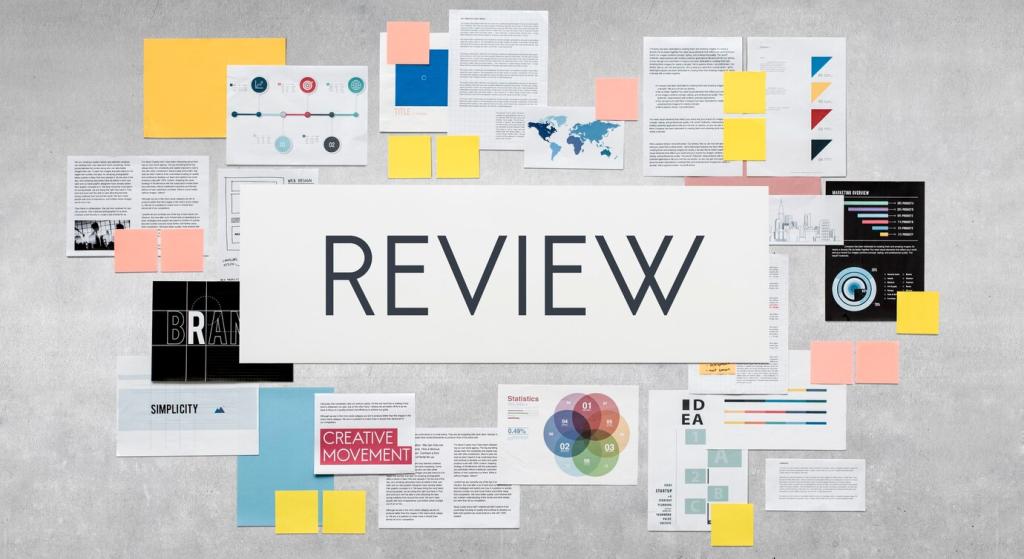Comparative Study of Digital Learning Interfaces
Chosen theme: Comparative Study of Digital Learning Interfaces. Welcome to a friendly space where we examine how different learning platforms guide attention, reduce friction, and spark curiosity—so you can design, teach, or learn with confidence. Subscribe and share your interface experiences to fuel the conversation.
Framing the Study: What Makes Interfaces Learnable?
We compare LMS dashboards, MOOC modules, mobile microlearning apps, and immersive AR or VR classrooms, noting how navigation, content density, and feedback loops differ. Tell us which interface you use most, and why it helps or hinders your learning momentum.

Learners in Focus: Personas and Contexts
We contrast microlearning cards with audio-first modules, revealing why chunked content and offline sync reduce stress during short breaks. Have you studied on the go? Tell us which format kept your attention when life felt especially busy.
Learners in Focus: Personas and Contexts
Comparing guided checklists to open exploration, we find gentle onboarding wins trust and lowers anxiety. Share your first week online learning story—what interface cue or welcome ritual helped you feel oriented and capable?
Navigation Patterns Compared: Linear, Modular, Exploratory
Linear sequences reduce decision fatigue and scaffold complexity. We contrast them with modular paths to see when strict order increases confidence. Do you prefer a guided route or flexibility? Share your best learning streak using a linear interface.

Feedback and Motivation: Microinteractions That Teach
We compare checkmarks, streaks, and percentage bars, noting when visual progress motivates without pressuring. What progress signal keeps you returning daily? Share an example that felt respectful yet energizing to your learning rhythm.

Accessibility and Equity by Design
We evaluate keyboard navigation, captions, contrast, and alt text, aligning with accessibility standards while prioritizing real tasks. Which inclusive feature made your learning smoother? Share tips that help make interfaces welcoming to everyone.
We compare media fallbacks, transcript-first flows, and progressive image loading for learners on slow networks. Have lightweight modes saved your study session? Tell us which design workaround kept the lesson going when bandwidth dropped.
Timed quizzes, drag-and-drop, and proctoring tools can exclude some learners. We compare alternatives like time windows, equivalents, and flexible input. Share practices that preserved rigor while removing unnecessary hurdles for fair evaluation.

Evidence and Methods: How We Compare Interfaces
We contrast A or B tests with multivariate experiments, highlighting when small visual changes affect completion or clarity. Have you run a test that surprised you? Share outcomes to help the community learn what actually works.

